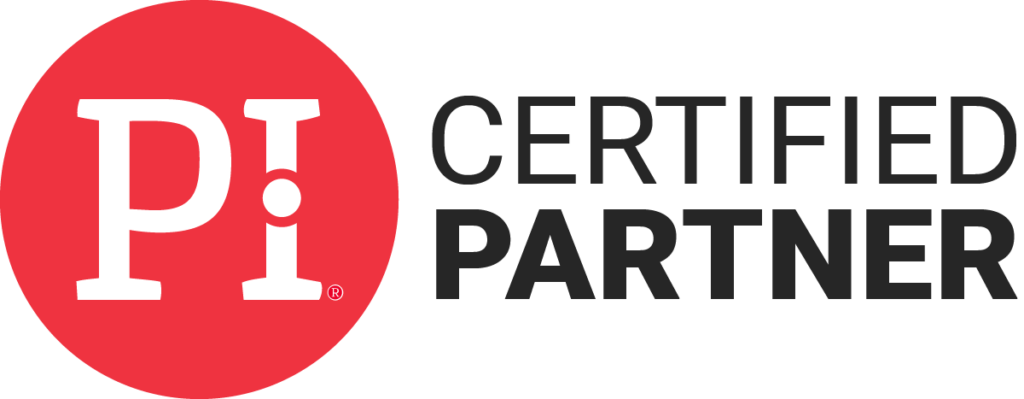For over a year, many small business owners have been focused on finding ways their business could “survive” the pandemic. And for most, the only way to survive included innovation, reinvention and a change of direction. It’s fair to say it’s been a very difficult time for small businesses but, it’s also been an extraordinary time full of creative transitions and new ideas of how to remain in business.
Now, the atmosphere is more optimistic and focused on looking forward. Where do we go from here? What is our next step? We have been stuck in “survival mode” but, now is the time to transition to “thriving mode”. With the availability of the COVID vaccine and lighter restrictions in place, opportunities are increasing. Reignite your growth mindset and strategically plan for the future. How do we position our business for success and growth in this period of recovery?
After a year of virtual meetings and remote work, it’s time to determine the model that makes sense for your organization moving forward. Does your business require that your team return to the office? Has the remote work model led to better results? Is there a blended model that will provide the best solution for your business? Here are some factors to consider as you make this decision:
- Employee Retention: Although this may be like comparing apples to oranges, compare your employee retention rate now with the previous year. What are the factors that led to employee turnover? Are new employees well supported and reaching their potential in a reasonable period of time? Compare the current new employee retention with last year. Assess overall performance factors such as: meeting deadlines, quality of work, customer satisfaction, quotas, etc.
- Customer Satisfaction: Evaluate your customer retention rate and level of satisfaction. Has the company’s response time to customer inquiries suffered over the past year? Survey your customers for the feedback that will help you assess the quality of customer service.
- Productivity: Have your managers succeeded in keeping your employees engaged and productive in a remote environment? How has the elimination of commuting to the office impacted productivity?
- Collaboration: Evaluate the collaboration effectiveness of your team. Are the remote meetings allowing for an energetic, interactive exchange of ideas? Will bringing the team together physically improve their ability to develop creative initiatives?
- Employee Morale: How have your employees responded to working from home? Involve your employees in the future planning using employee surveys, small group meetings, and focused committees.
- Office Space: By moving to a remote work model or blended model, you may be able to reduce facility expenses. You can redesign your office space to accommodate the work environment that best fuels the creativity and productivity of your team. If you own the building, this may open opportunity for rental income.
In addition to where and how we conduct our business, other significant considerations include:
- Services and Products: The world looks very different now and there may be an opportunity for growth by providing a service or product that is currently in demand. Is this the time to modify the scope of your business? Is there a current need that you can satisfy by making changes to our services or products? Are there areas of inefficiency that can be eliminated by reducing products or services?
- Business Expenses: Evaluate your current vendors and the products/services that your business utilizes. The needs of your business may be different today, allowing you to reduce certain expenses. Shop around and be sure that you are getting the best bang for your buck. Conduct an analysis of your operating expenses to identify areas of opportunity for cost savings.
- Leadership: Now is a critical time to assess your leadership team to determine their effectiveness. An investment in leadership development will benefit the organization and result in a positive workplace culture. Seek feedback from your employees to determine, from their prospective, the needed areas for improvement.
- Workforce Development: If you haven’t experienced it firsthand, you certainly have read about the challenges in identifying and hiring the right candidates. We are in the midst of a workforce shortage. In addition to workplace culture, another important way to retain employees is to develop their skills and provide a robust career path within your organization. Strategically assess and plan for ways to provide
- Agility: A valuable lesson learned over the past year is the need for our organizations to be agile to the changing demands of our environment. What measures are needed to provide a level of agility and flexibility throughout the organization?
With the arrival of Spring, comes a feeling of positivity for the future. The time has come to move from surviving to thriving. This will take careful assessment of your organization’s KPIs as well as thoughtful consideration of the organization’s future goals and objectives. Begin the process that will drive your organization to its fullest performance potential.
Time To Flourish offers executive management services such as Strategic Planning, Small Business Growth, Turnaround Operations and Change Management. Contact us to learn more about the value we will add to your strategic achievement.

